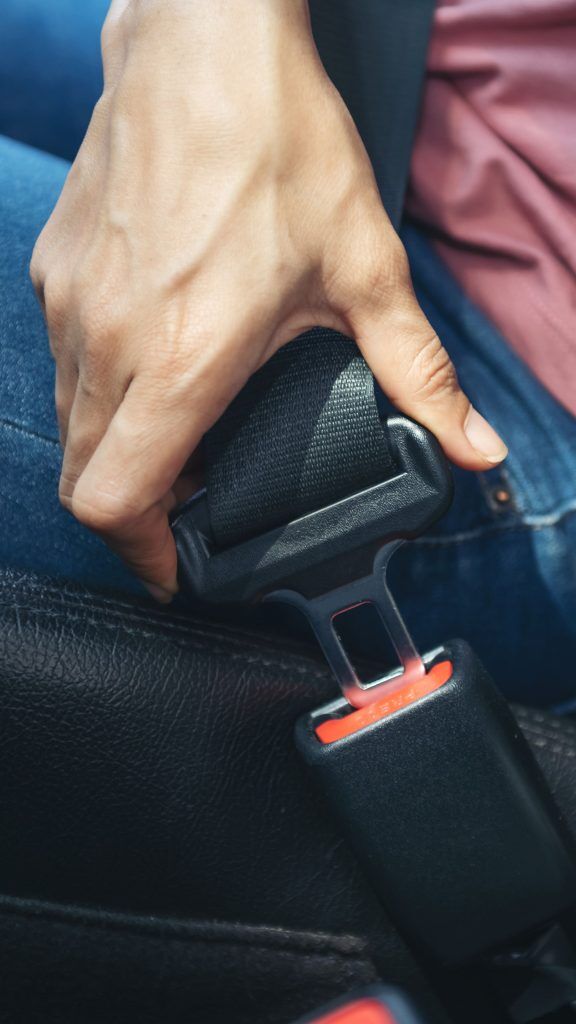
Study Guide:
Lesson 3 Driver Habits & Skills (Part 2): Safe Driving Practices
Lesson 3 builds on the technical knowledge from Lesson 2 by focusing on what it means to be a safe, defensive driver in real-world conditions. In this part of the course, you’ll learn how to recognise hazards, manage space and speed, and adapt to changing environments — all essential for safe driving across New York’s diverse roadways.
Safe driving isn’t just about reacting; it’s about planning. This module covers:

Scanning the road ahead to identify potential issues early

Using the “three-second rule” to maintain safe following distance

Adjusting for road, weather, and traffic conditions

Blind spot checks and mirror use for situational awareness
These habits help prevent collisions and reduce the need for sudden or dangerous manoeuvres.
You’ll explore the concept of risk zones and how to respond to common hazards like:

Sudden stops

Swerving vehicles

Unexpected obstacles

Distracted or aggressive drivers
This lesson includes interactive examples of how to safely exit risk situations and keep control of your vehicle when things don’t go to plan.
Speeding is a major factor in fatal crashes — especially for inexperienced drivers. In this section, you’ll learn:

How to select the right speed for conditions

When it’s safe (and legal) to increase or reduce speed

The risks of driving too fast — or too slow — for the flow of traffic

How speed affects stopping distance and visibility
Lesson 3 also explains how to create and maintain a “space cushion” around your vehicle, reducing the likelihood of conflict with others on the road.
You'll cover:

How to manage space in front, behind, and beside your vehicle

Adjusting position in heavy traffic or tight environments

Choosing the best lane in multilane settings

Why This Lesson Matters
New York’s roads demand alert, adaptive, and respectful drivers. By mastering these habits early, you’ll not only pass your road test with confidence — you’ll build skills that keep you and others safe for years to come.

Look ahead, not just at the vehicle in front of you

Control your speed relative to the road, not just the sign

Manage your space like a buffer, not just a gap

Safe drivers anticipate problems — they don’t just react to them

Lane choice, speed, and awareness can save lives

Practise Makes Permanent
Review this guide alongside real-world driving experience. The safer your habits, the smoother your progress to full licensure.
Ready for the next lesson?
→ Lesson 4 – Emotions, Attitudes & Defensive Driving Techniques